math and art | Wassily Kandinsky
The Russian artist Wassily Kandinsky, best known for his abstract artworks and for being a Bauhaus teacher, was one of the painters who used mathematics in his creations.
In his most abstract works, Kandinsky used many mathematical concepts. Concentric circles, open and closed lines, triangles. Geometry, in particular, was an element of interest to the artist.
This was not surprising, considering that after all the Bauhaus sought precisely to be a school of art and architecture that broadened the idea of art and showed its many possibilities, and therefore Kandinsky’s interest in mathematical elements makes total sense.
math and art | Piet Mondrian

Piet Mondrian, Composition with Red, Blue and Yellow, 1930, Private Collection.
But Kandinsky was not the only one interested in the geometric abstraction of artistic possibilities.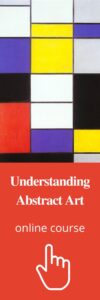
Around 1930, the artist Piet Mondrian produced some compositions that gave rise to Neoplasticism, a vanguard movement that sought to present a new image of art.
In laying the groundwork for neoplasticism, Mondrian also used mathematical concepts to arrive at the conclusion:
“I concluded that the right angle is the only constant relation and that through the proportions of the dimension one could give movement to its constant expression.
That is, to give it I exclude more and more from my paintings the curved lines, until finally my compositions consisted only of horizontal and vertical lines that formed crosses, each separated and detached from the others (…).
I began to determine forms: vertical and horizontal rectangles like all forms, try to prevail over each other and must be neutralized by composition.
Ultimately, rectangles are never an end in themselves, but a logical consequence of its determinant lines which are continuous in space and appear spontaneously when the cross is made of vertical and horizontal lines.
Of suppressing the manifestations of planes as rectangles reduced the color and accentuated the lines that bordered them.”
math and art | Jackson Pollock

Jackson Pollock, Number 1, 1948, MoMA
Also the American painter Jackson Pollock, one of the best-known painters of abstract expressionism and one of the most controversial modern artists, linked art and mathematics.
In the 1990s, American physicist Richard Taylor of the University of Oregon noticed in Pollock’s painting a relation to the geometric model of fractals.
Fractals are, by definition, figures of non-Euclidean geometry, and generally, refer to a complex geometric structure whose properties are repeated on any scale.
And how are the fractals linked to Pollock’s painting?
Pollock used a drip technique in his paintings which makes his work seem random. Apparently, we could not be more wrong.
Taylor divided the works into squares of various sizes, ranging from 1cm to almost 5m, which showed that actually the geometric pattern repeats.
Moreover, while measuring the fractal dimension of the works, Taylor noted that the more Pollock worked on this technique, the greater were the values.
Well, I could go on writing examples of flirting between art and mathematics indefinitely because somehow they will always find each other.
I hope that if you, like me, had problems with math, become a little more friendly with the calculations hereafter.


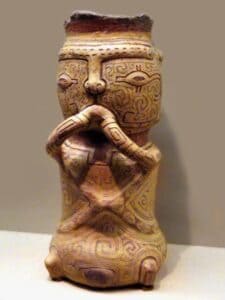









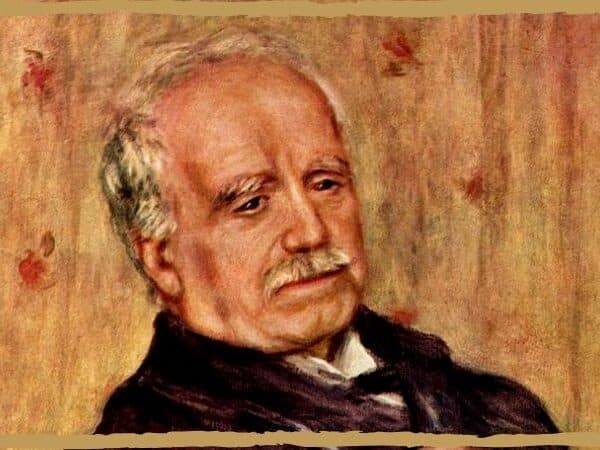


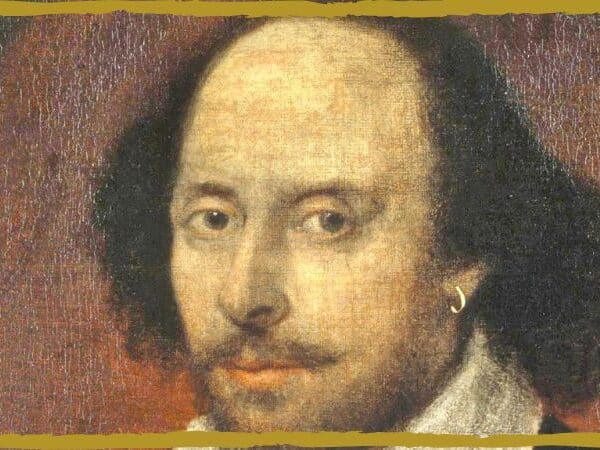
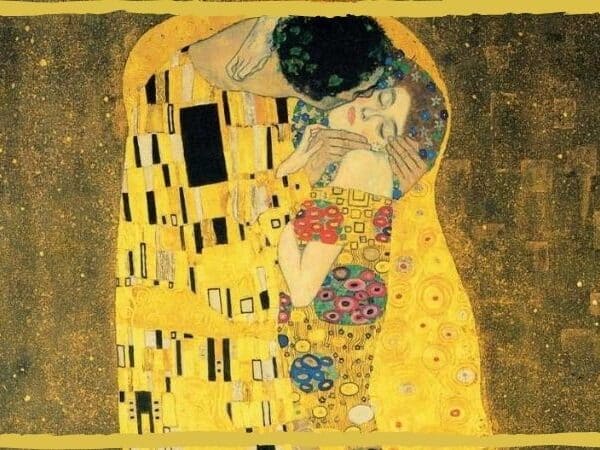
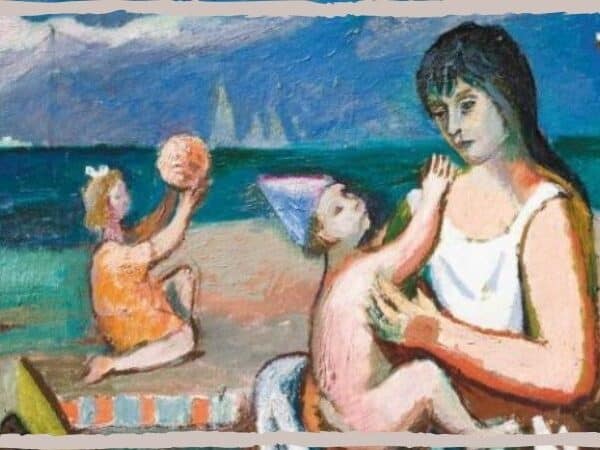

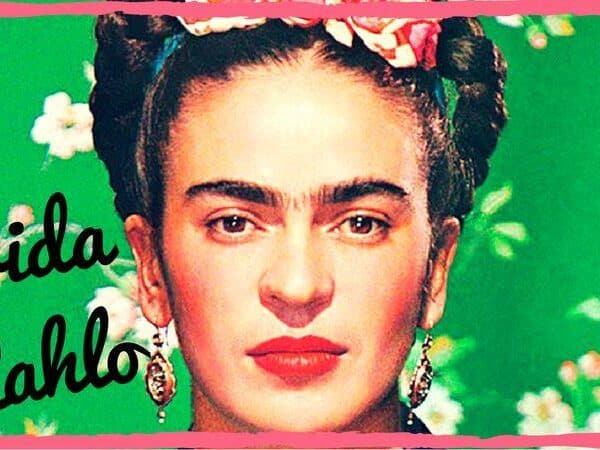
1 Comment.
Hi there may I use some of the information here in this post if I provide a link back to your site?